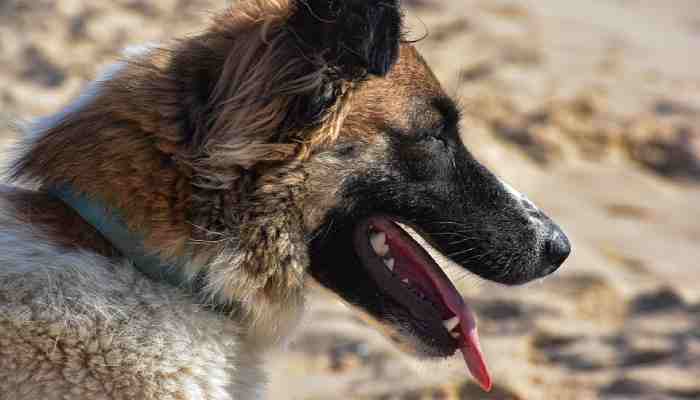Gum disease, also known as periodontal disease, is a prevalent dental condition that affects dogs. It is caused by the accumulation of plaque and tartar on the teeth, leading to inflammation and infection of the gums. If left untreated, gum disease can result in tooth loss and potentially serious health complications for dogs. Therefore, it is essential for dog owners to understand the causes, symptoms, and treatment options for this condition.
One of the primary factors contributing to gum disease in dogs is poor dental hygiene. Just like humans, dogs require regular dental care to maintain optimal oral health. However, many pet owners neglect their dog’s dental hygiene, leading to the development of plaque and tartar. Over time, the bacteria in plaque can cause inflammation and infection of the gums, resulting in gum disease. Additionally, certain factors such as age, breed, diet, and overall health can increase a dog’s susceptibility to developing gum disease.
Identifying the symptoms of gum disease in dogs is crucial for early intervention. Although the severity of symptoms may vary, common signs of gum disease include persistent bad breath, swollen or bleeding gums, difficulty eating or chewing, pawing at the mouth, drooling, and loose or missing teeth. If you notice any of these symptoms in your dog, it is important to consult a veterinarian for a thorough dental examination and appropriate treatment.
Treating gum disease in dogs typically involves a combination of professional dental cleaning and at-home care. Professional dental cleaning is performed under anaesthesia, allowing the veterinarian to thoroughly clean the teeth and remove the plaque and tartar both above and below the gumline. This process may also involve dental X-rays to evaluate the health of the teeth and surrounding structures. In some cases, tooth extractions may be necessary if the affected teeth are severely damaged or infected.
Alongside professional cleaning, maintaining good dental hygiene at home is crucial to prevent and manage gum disease in dogs. Regular brushing of your dog’s teeth with a dog-specific toothbrush and toothpaste is highly recommended. The toothbrush should be small and soft, enabling gentle and effective cleaning. It is important to use toothpaste specifically formulated for dogs, as human toothpaste can be toxic to them. Introduce toothbrushing gradually and make it a positive experience for your dog by using rewards and praise.
In addition to toothbrushing, providing appropriate chew toys and dental treats can contribute to good oral hygiene. Chewing on appropriate toys and treats helps to remove plaque from the teeth and massage the gums. There are various dental products available specifically designed to promote oral health in dogs, such as dental chews, dental rinses, and water additives. However, it is important to consult your veterinarian before introducing any new products to ensure they are safe and suitable for your dog.
In some cases, the veterinarian may prescribe antibiotics or other medications to treat the infection associated with gum disease. They may also provide guidance on maintaining your dog’s oral health at home, including recommendations for specific dental products or techniques. Regular dental check-ups are essential for monitoring your dog’s dental condition and addressing any concerns promptly.
Gum disease can have a significant impact on a dog’s overall health and well-being. In addition to causing discomfort and pain, untreated gum disease can lead to complications such as tooth loss, abscesses, and systemic infections that can affect vital organs. Therefore, it is crucial for dog owners to prioritize their dog’s dental health and seek veterinary care if any signs of gum disease are present.
Prevention is key when it comes to gum disease in dogs. Establishing a regular dental care routine from a young age is highly beneficial. However, it is never too late to start caring for your dog’s oral health. By incorporating regular toothbrushing, providing appropriate chew toys and dental treats, and seeking professional dental cleaning when necessary, you can help prevent and manage gum disease in your beloved canine companion, ensuring they have a healthy and happy smile for years to come.


